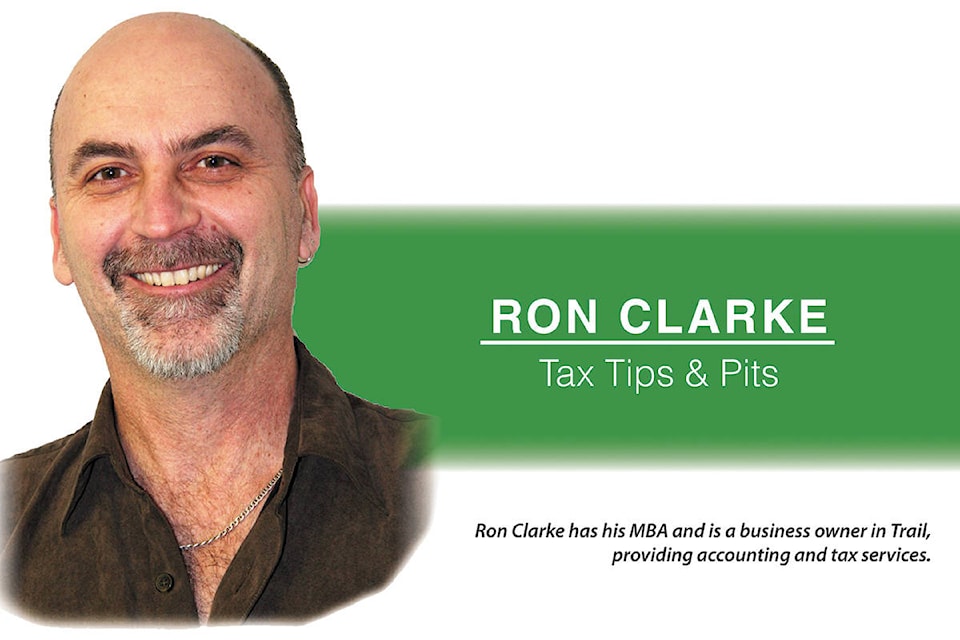Taxes due? Refund owing? Either way, it’s time.
Some people feel overwhelmed when it comes to tax preparation. If Canada Revenue Agency (CRA) tax rules and its perennial changes aren’t intimidating enough, there are all those convoluted tax slips, forms and schedules.
Here’s a simple plan for tackling tax preparation.
Step 1. Find a copy of last year’s tax return and follow it. It’s your road map.
Step 2. Make a scratch sheet of notes and questions that have to be investigated or found. Personal memory for such detail may not be reliable and it could be costly to miss something.
Step 3. Enter all your personal information. Be accurate and complete. It appears CRA is asking more and more personal detail each year.
Step 4. Fully open and lay all your slips flat. Check the name and set aside slips that aren’t yours. Then set aside information clearly not needed for input. Organize your slips into a pile of incomes and a pile of expenses. Then gather like items such as T4 income, T5 interest, etc, and all medical expenses, donations, etc.
Step 5. If there is a spouse or dependant also being prepared, complete step 4 for each person. In fact, preparing them at the same time, or “coupling”, is best so that full advantage of the transfer of incomes, expenses and credits can take place. Also, joint slips with two names can be input on either person’s return but all information on that slip has to be put on that one person’s return.
Step 6. Enter the information, ticking as you input. When math is required, use a calculator. Enter what you easily can identify. Surprisingly those items you aren’t sure about or aren’t sure where to enter, often become apparent moving through the input of familiar items, just like doing a test in high school.
Step 7. For those items still without a home, read carefully because there may be instructions, including direction not to enter. Another option is to visit the CRA website or even Google it.
Step 8. When you think you’re done, double check to make sure everything has been answered and input. If using do-it-yourself software, this is the time to use optimization options if it has such a feature. Then check the diagnostics and investigate. On this point, some software programs accept overrides and then permit e-filing, only to be rejected by CRA or end up as a CRA review. Further, personal changes and reporting of certain assets, incomes and expenses may require separate e-filing of schedules or even paper filing of your return.
A special note for proprietors – while it’s true that your tax return doesn’t have to be filed until June 15, if taxes are payable, those taxes have to be paid by April 30 so it may be wise to jump on that year-end bookkeeping now.
There you go. Tax prep done.
Ron Clarke has his MBA and is a business owner in Trail, providing accounting and tax services. Email him at ron. clarke@JBSbiz. ca. To read previous Tax Tips & Pits columns visit www.JBSbiz.net.
